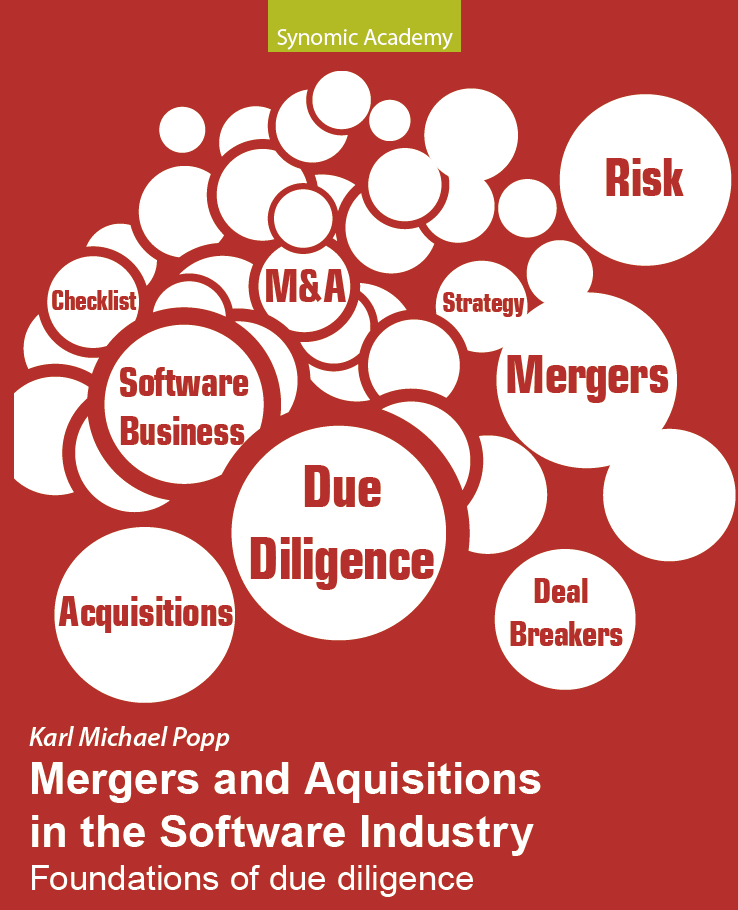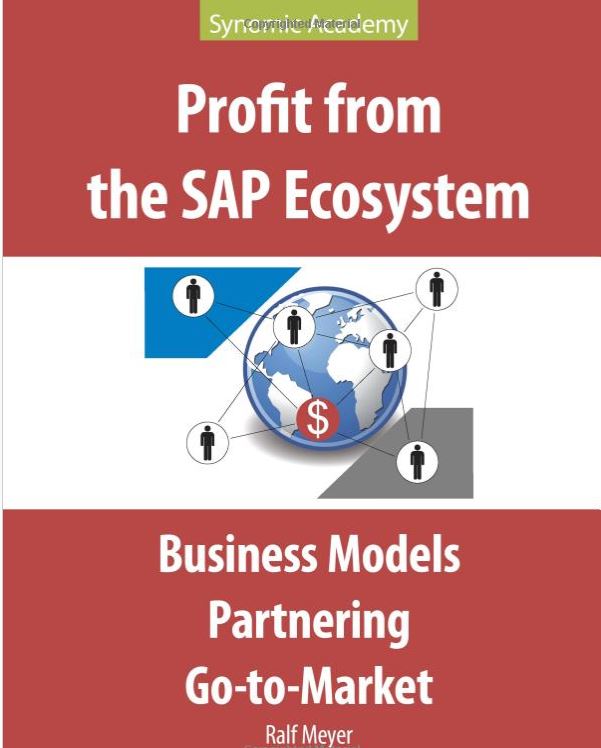Pushing the value of your software company with technical debt and patents
This blog is in the Top 25 M&A blogs worldwide according to Feedspot
Understanding the Significance of Managing Technical Debt and Intellectual Property Rights
Maximizing the intrinsic value of a software enterprise necessitates the strategic oversight of both technical debt and intellectual property, particularly in the realm of patents. The following delineates how these components contribute to the overall valuation of the organization:
Technical Debt
1. Definition and Influence: Technical debt is characterized as the prospective costs associated with expedient and suboptimal technological decisions. Such decisions can precipitate elevated maintenance expenditures and diminished operational agility, thereby adversely affecting long-term growth trajectories and innovative endeavors.
2. Strategies for Mitigating Technical Debt:
Code Refactoring: The systematic reassessment and enhancement of existing codebases serve to thwart the accrual of technical debt.
Comprehensive documentation paired with rigorous compliance to coding standards can reduce the emergence of new technical debt.
Governance: The implementation of governance frameworks for managing debt fosters uniform methodologies in software development and maintenance.
Innovation Equilibrium: Surveys indicate that about 70% of organizations perceive technical debt as significantly influencing their capacity to innovate.
3. Influence on Business Valuation: Effectively managed technical debt has the potential to augment operational efficiency and innovation capacity, thereby significantly enhancing the overall valuation of the business.
Patents
1. Function in Business Valuation: Patents serve to protect distinctive technologies and innovations, thereby conferring a competitive advantage and bolstering market positioning.
2. Collateral Worth: Patents can be utilized as collateral in financial transactions, consequently generating supplementary value and investment opportunities.
3. Fostering Innovation: A robust patent portfolio not only secures intellectual property rights but also positions the company as a frontrunner in technological advancements.
Conclusion
The alignment of technical debt management with patent strategy is imperative for the optimization of a software company's valuation. By maintaining a balanced approach that emphasizes clear coding standards, proactive debt management, and strategic patent utilization, a business can increase its value for potential investors or acquirers, thereby solidifying a strong foothold in the competitive technology landscape.
ARE YOU INTERESTED IN A DEMO TO AUTOMATICALLY DETECT TECHNICAL DEBT, AI GENERATED CODE AND MUCH MORE?
SIGN UP BELOW FOR FREE DEMO…
This relates to my new book “Automation of Mergers and Acquisitions“.









